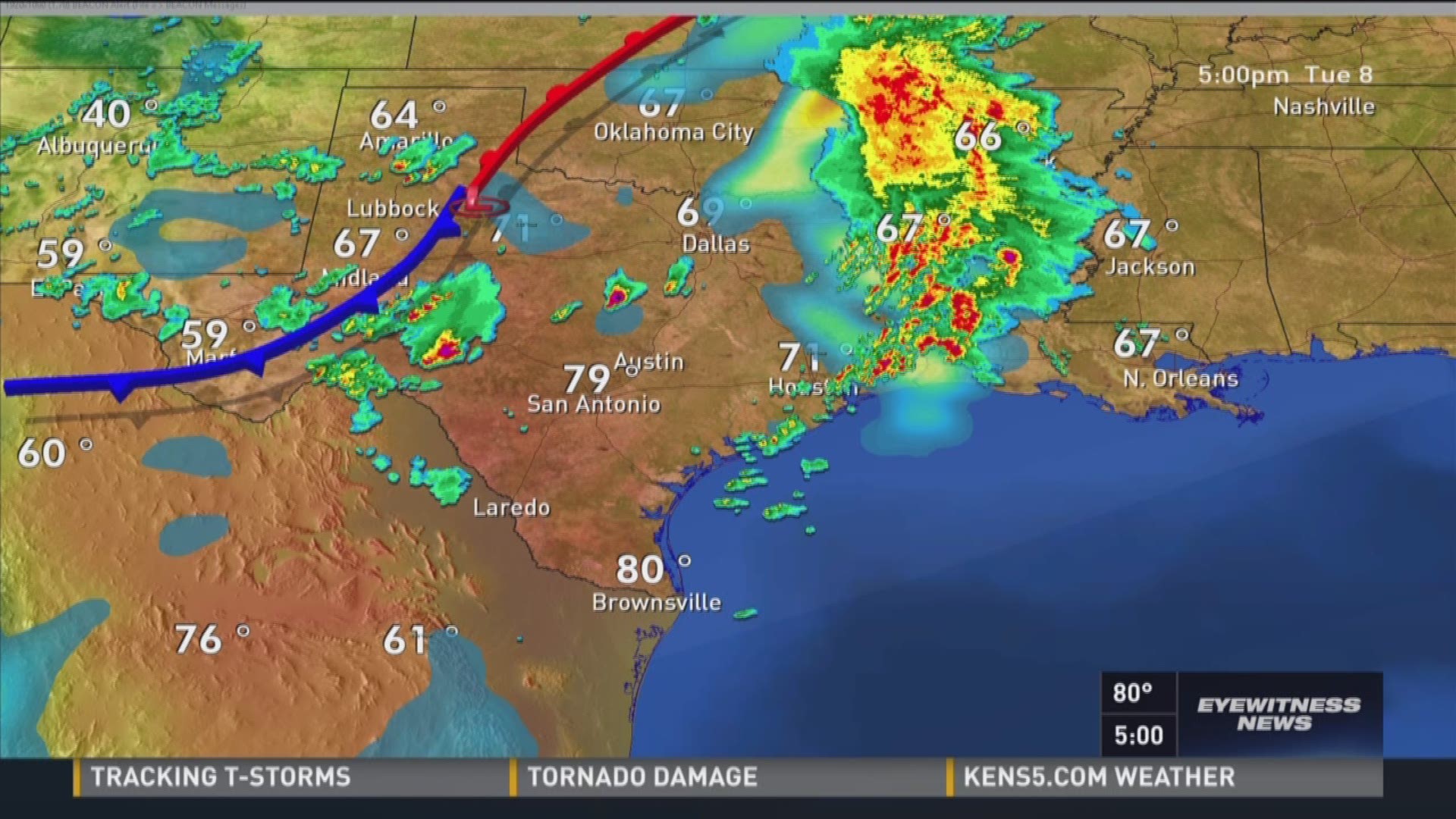
- #Doppler radar columbus ohio archive
- #Doppler radar columbus ohio verification
- #Doppler radar columbus ohio Offline
- #Doppler radar columbus ohio series
This product's primary use is to estimate turbulence associated with mesocyclones and boundaries. Base Spectrum Width (NSP/28, NSW/30)Ī measure of velocity dispersion within the radar sample volume. Comparing the storm relative motion image with base velocity image helps identify the rotating storm. Color indices are the same as base velocity. Storm Relative Velocity (N0S, N1S, N2S, N3S/56)Ī stationary storm image that is generated by removing storm motion measurements from the wind field. The same as N*V products defined above, except data values are actual velocity values instead of categories, data extends to further range, and additional elevations are available. Digital Base Velocity (NXU, NYU, NZU, N0U, NAU, N1U, NBU, N2U, N3U/99) Scientists use these products to estimate wind speed and direction, locate boundaries, locate severe weather signatures, and identify suspected areas of turbulence. Cool colors (green) represent negative values and warm colors (red) represent positive values. Base Velocity (N0W/25, N0V, N1V, N2V, N3V/27)Ī measure of the radial component of the wind either toward the radar (negative values) or away from the radar (positive values). Specific elevation angles depend on the site and scanning mode of the Radar. Products from elevation angles at or below 3.5 degrees are available, and select sites may also scan at an additional low elevation angle, as low as -0.2 degrees. The same as N*R products defined above, except data values are actual reflectivity values instead of categories, data extends to further range, and additional elevations are available. Digital Base Reflectivity (NXQ, NYQ, NZQ, N0Q, NAQ, N1Q, NBQ, N2Q, N3Q/94) Sixteen possible data levels are also available. Four low elevation angles are available, with specific elevation angles depending on the scanning mode of the Radar. Scientists use these products to detect precipitation, evaluate storm structure, locate boundaries, and determine hail potential. Product Descriptionsīase Reflectivity (N0R, N1R, N2R, N3R/19 and N0Z/20)Ī display of echo intensity measured in decibels relative to Z (dBZ). Each copy includes state, county, and city background maps. Most 元 products are available as digital images, color hard copy, grayscale hard copy, or acetate overlay copy.

Over 75 Level-III (元) products are routinely available from NCEI. A data file consists of a 24-byte volume scan header record followed by numerous 2,432-byte base data and message records. Data are stored in files that typically contain four, five, six, or ten minutes of base data depending on the volume coverage pattern. Additional categories include dual-polarization base data of differential reflectivity, correlation coefficient, and differential phase. Level-II (L2) data are grouped into three meteorological base quantities: reflectivity, mean radial velocity, and spectrum width.

#Doppler radar columbus ohio Offline
Request Offline Data Data Types NEXRAD Level-II (Base) Data This dataset is not currently available for direct download from NCEI, but is available by request from the offline archive. An inventory of events is available here. An event summary file with descriptive information is included for each case study.
#Doppler radar columbus ohio archive
The data files have been aggregated by event and by hour for the archive with a total data volume of approximately 20 TB.
#Doppler radar columbus ohio series
The data files are in the native compressed file format as Time Series (TS) Archive.


The number of case studies per year ranges from 1 to 33, with an average of approximately 10 per year. The period of record is from 2008 to present with additional data years planned. NEXRAD operational sites and test sites are used.
#Doppler radar columbus ohio verification
It includes only the Level 1 data that has been used for algorithm development and verification by the ROC and its partners. This dataset contains the Level-I (L1) raw radar event data recorded at Next Generation Radar (NEXRAD) sites and collected by the NOAA National Weather Service (NWS) Radar Operations Center (ROC) for specific radar case studies.


 0 kommentar(er)
0 kommentar(er)
